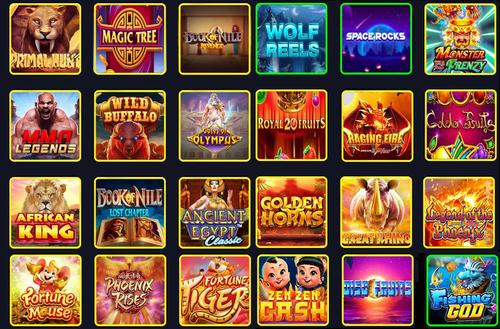Shanghai prepares to open parks, | part city alcohol slot machines | Updated: 2024-11-16 17:28:27

# The Content of a Lucky Logo: What You Need to Know
Creating a memorable and effective logo is critical for any brand's identity. A logo serves as the face of a company and can greatly influence how it is perceived in the market. Lucky logos, in particular, evoke a sense of positivity, prosperity, and good fortune. In this article, we'll explore the key elements that contribute to an impactful lucky logo.
## 1. Significance of Symbols (H2)
### **Understanding Symbolism (P)**
Symbols play a crucial role in logo design, especially when aiming to convey luck. Traditional symbols of good fortune can include horseshoes, four-leaf clovers, and lucky numbers. Incorporating these symbols thoughtfully into your logo not only enhances its aesthetic appeal but also establishes a connection with the target audience.
### **Cultural Considerations (P)**
It's essential to be conscious of cultural differences in symbolism. What is considered lucky in one culture may have negative connotations in another. Conducting thorough research on the cultural significance of symbols ensures your logo resonates positively with a diverse audience.
## 2. Color Palette (H2)
### **Using Lucky Colors (P)**
Color choice can significantly affect the perception of a logo. Colors like green are often associated with luck, growth, and harmony, while gold symbolizes wealth and success. When designing a lucky logo, selecting a palette that complements the desired message is crucial.
### **Psychological Impact of Colors (P)**
Different colors evoke different emotions. For instance, blue conveys trust and reliability, while red can stimulate excitement and passion. Understanding color psychology will help you choose shades that enhance the lucky theme of your logo.
## 3. Typography Matters (H2)
### **Selecting the Right Font (P)**
The typography used in a logo is as important as the imagery. Fonts can communicate personality and tone. For a lucky logo, consider using rounded, friendly typefaces that evoke warmth and comfort. Cursive or script fonts can also be appealing and add a touch of elegance.
### **Readability (P)**
While aesthetics are important, a logo must also be easily readable. Ensure that the chosen font stands out against the background and is legible at various sizes—whether on a business card or a billboard.
## 4. Unique Brand Identity (H2)
### **Reflecting Brand Values (P)**
A lucky logo should reflect the core values and mission of your brand. Think about what your brand stands for and how the logo can encapsulate that meaning. This reflection will create an authentic connection with consumers.
### **Creating a Lasting Impression (P)**
To stand out among competitors, uniqueness is vital. Strive for originality in your design elements. A memorable lucky logo should leave a lasting impression, encouraging customers to return to your brand time and again.
## 5. Practical Applications (H2)
### **Versatility Across Mediums (P)**
An effective logo must be versatile and function well across different mediums and contexts, from digital platforms to print materials. Test your lucky logo in various formats to ensure it maintains integrity and recognizability.
### **Feedback and Iteration (P)**
Before finalizing your design, gather feedback from diverse groups. Peer insights can provide clarity on how well your logo communicates its intended message. Don’t hesitate to iterate based on this feedback.
## Conclusion (H2)
Creating a lucky logo is a blend of art and strategy. By incorporating symbols, choosing the right colors and typography, reflecting brand values, and ensuring versatility, your logo can be more than just a graphic—it can embody the essence of good fortune and resonate strongly with your target audience. With these guidelines, you're well-equipped to design a compelling logo that stands the test of time and luck.
**Word Count: 533 words**



